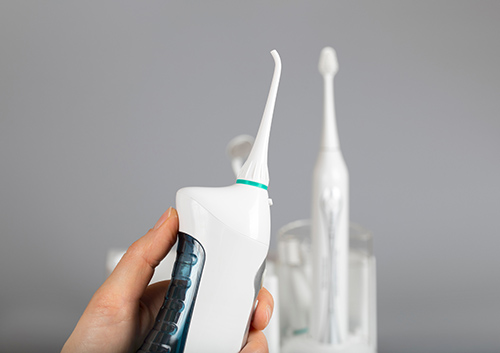Appointment Protocol during Covid-19 Pandemic
May 13th, 2020
What to Expect at Your Appointment
Curbside Check-in / Check-out
Our reception area will be closed during this time; we will be doing curbside check-in instead.
How it Works
-Text at (253)864-4840 upon your arrival in our parking lot to check-in.
- Click here to print and fill out our Health Questionnaire or sign it electronically
- Click here to print and fill out our Informed Consent form or sign it electronically
-Send back signed Health Questionnaire and Informed Consent Electronically via email at info@sungleeortho.com or text at (253) 864-4840 at Check-In
-Please rehearse this process at home and be well prepared for smooth check-in process. All patients/parents must complete these forms before being seen.
1. Wait safely in your car
2. Once we are ready to take you back for your appointment, we will text you to come inside.
3. Wear face mask when you enter the office. Patient masks will be worn other than during their appointment.
4. Patient is dismissed/your child is sent back to you once treatment is completed.
5. Text us to schedule next appointment before leaving parking lot/while your child is in treatment with us.
Pre-Appointment Screening
temperature check taken prior to admitting to clinic
Qualifications for Office Admittance
-No exposure to someone with COVID-19
-No travel outside the US in last 14 days
-No symptoms of COVID-19 as described by CDC:
Fever within last 14-21 days
Cough
Shortness of breath or difficulty breathing
Repeated shaking and/or chills
Muscle pain
Headache
Sore throat
New loss of taste or smell
Runny nose
Diarrhea
Vomiting
Skin rashes
Lower than 100.4 F temperature
Temperature will be taken on all patients, parents/guardians, and anyone who enters the office
Personal Protective Equipment (PPE)
Expanded use of personal protective equipment for staff, patients and anyone entering the office.
-Masks are required for admittance into the office. We encourage parents, and patients over age 3, to wear their own masks to appointments.
-Staff will be following all guidelines for usage of PPE, including:
Masks (at all times, not just during treatment)
Gloves
Face Shields
Eyewear
Patient Only Clinic
Patients and staff are the only ones allowed in the clinic. Parents are encouraged to stay in the car. If the child is unable to come into the office independently, parents are asked to check them in and wait in their car. We ask that only one parent/guardian accompany the patient into the office.
Peroxyl Mouth Rinse
Please brush your teeth and rinse with oral peroxide before arriving at the office. The brushing station needs to remain closed at this time.
Additional Protective Measures
-Hand sanitizer stations at entrance/exit
-Frequent and extensive disinfection of all surfaces where staff and patients come into contact
-Appointments will be managed to allow for social distancing between patients.
-Doors that can remain open, will be open at all times, to reduce contact surface opportunity
-Extended schedule to reduce number of people in office at one time
-No toys, magazines or similar items in waiting rooms
-Common use areas eliminated (ie:brushing station etc)
-Staff will be wearing masks at all times while in our office
-Staff will complete daily health screening and temperatures
-Due to social distancing concerns, we will need to reschedule patients who arrive late to their appointment


